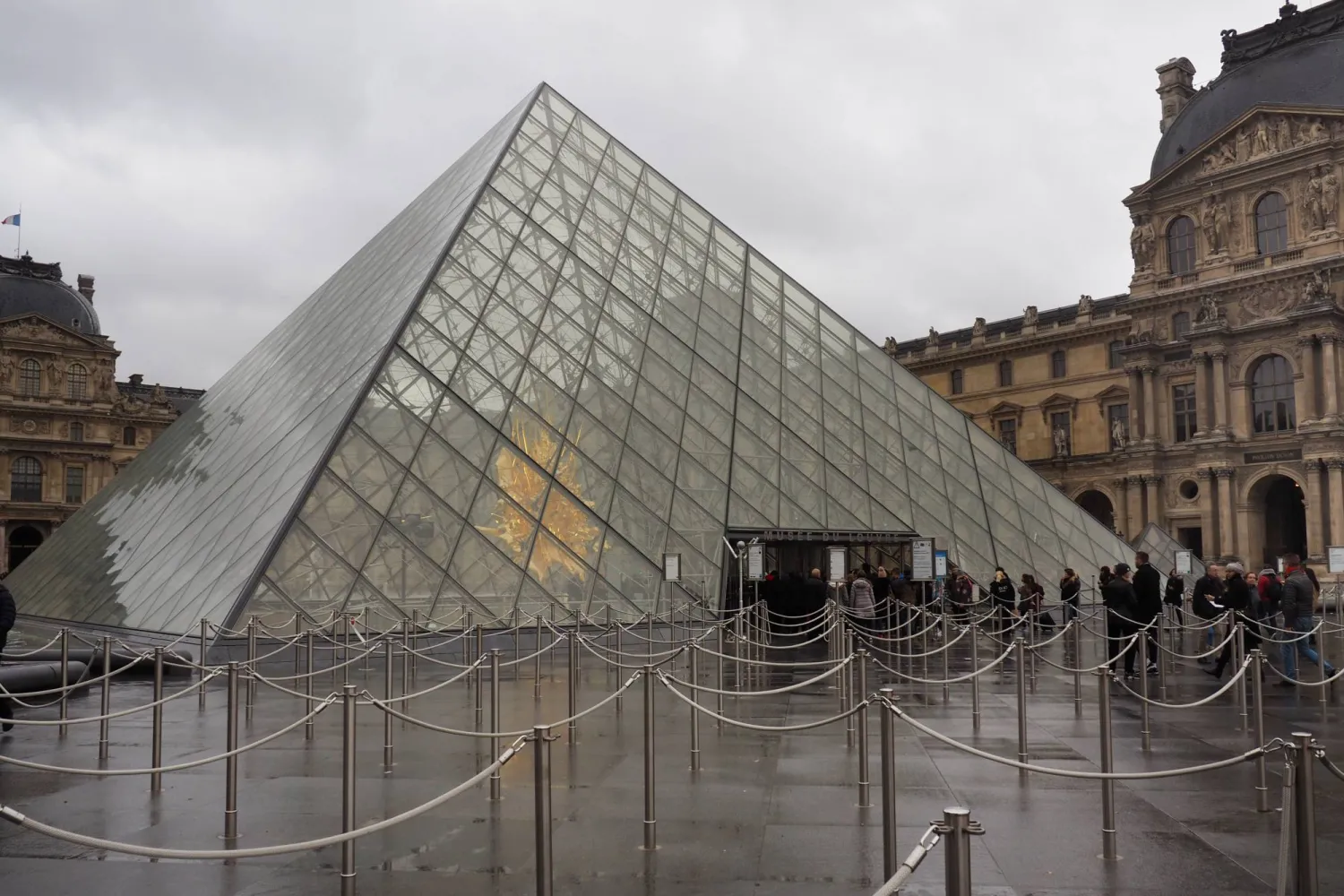Four temples from ancient Rome, dating back as far as the 3rd century B.C. stand smack in the middle of one of the modern city’s busiest crossroads.
But until Monday, practically the only ones getting a close-up view of the temples were the cats that prowl the so-called “Sacred Area,” on the edge of the site where Julius Caesar was assassinated.
With the help of funding from Bulgari, the luxury jeweler, the grouping of temples can now be visited by the public.
For decades, the curious had to gaze down from the bustling sidewalks rimming Largo Argentina (Argentina Square) to admire the temples below. That’s because, over the centuries, the city had been built up, layer by layer, to levels several meters above the area where Caesar masterminded his political strategies and was later fatally stabbed in 44 B.C.
Behind two of the temples is a foundation and part of a wall that archaeologists believe were part of Pompey’s Curia, a large rectangular-shaped hall that temporarily hosted the Roman Senate when Caesar was murdered.
What leads archaeologists to pinpoint the ruins as Pompey’s Curia? “We know it with certainty because latrines were found on the sides” of Pompey’s Curia, and ancient texts mentioned the latrines, said Claudio Parisi Presicce, an archaeologist and Rome’s top official for cultural heritage.
The temples emerged during the demolition of medieval-era buildings in the late 1920s, part of dictator Benito Mussolini’s campaign to remake the urban landscape. A tower at one edge of Largo Argentina once topped a medieval palace.
The temples are designated A, B, C and D, and are believed to have been dedicated to female deities. One of the temples, reached by an imposing staircase and featuring a circular form and with six surviving columns, is believed to have been erected in honor of Fortuna, a goddess of chance associated with fertility.
Taken together, the temples make for “one of the best-preserved remains of the Roman Republic,″ Parisi Presicce said after the Mayor of Rome Roberto Gualtieri cut a ceremonial ribbon Monday afternoon. On display in a corridor near the temples is a black-and-white photograph showing Mussolini cutting the ribbon in 1929 after the excavated ruins were shown off.
Also visible are the travertine paving stones that Emperor Domitian had laid down after a fire in 80 A.D. ravaged a large swath of Rome, including the Sacred Area.
On display are some of the artifacts found during last century’s excavation. Among them is a colossal stone head of one of the deities honored in the temples, chinless and without its lower lip. Another is a stone fragment of a winged angel of victory.
Over the last decades, a cat colony flourished among the ruins. Felines lounged undisturbed, and cat lovers were allowed to feed them. On Monday, one black-and-white cat sprawled lazily on its back atop the stone stump of what was once a glorious column.
Bulgari helped pay for the construction of the walkways and nighttime illumination. A relief to tourists who step gingerly over the uneven ancient paving stones of the Roman Forum. The Sacred Area’s wooden walkways are wheelchair- and baby-stroller-friendly. For those who can’t handle the stairs down from the sidewalk, an elevator platform is available.
The attraction is open every day except for Mondays and some major holidays, with general admission tickets priced at 5 euros ($5.50).
Curiously, the square owes its name not to the South American country but to the Latin name of Strasbourg, France, which was the home seat of a 15th-century German cardinal who lived nearby and who served as master of ceremonies for pontiffs, including Alexander VI, the Borgia pope.









